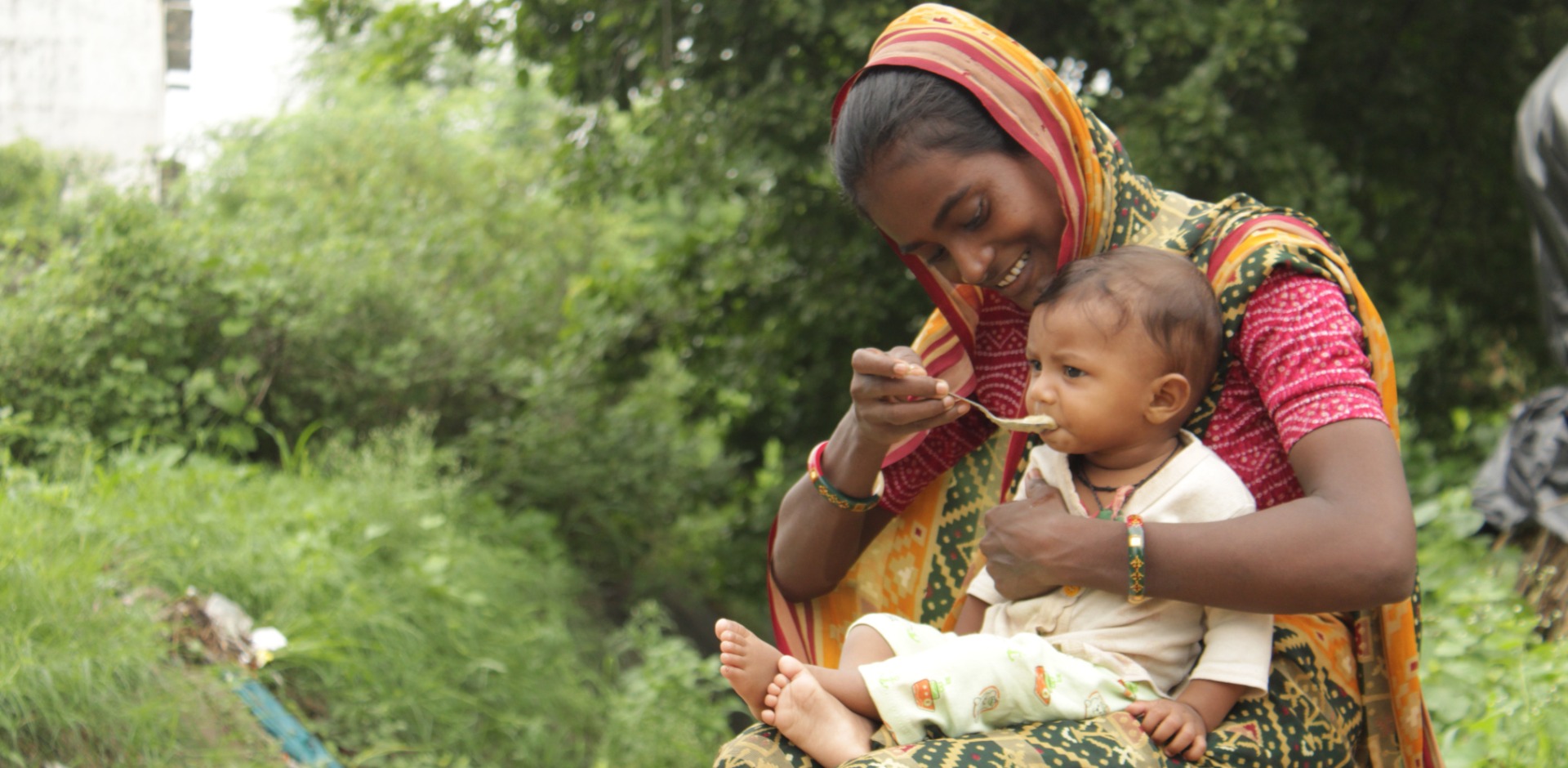
This Holiday Season, Give the Gift of Hope
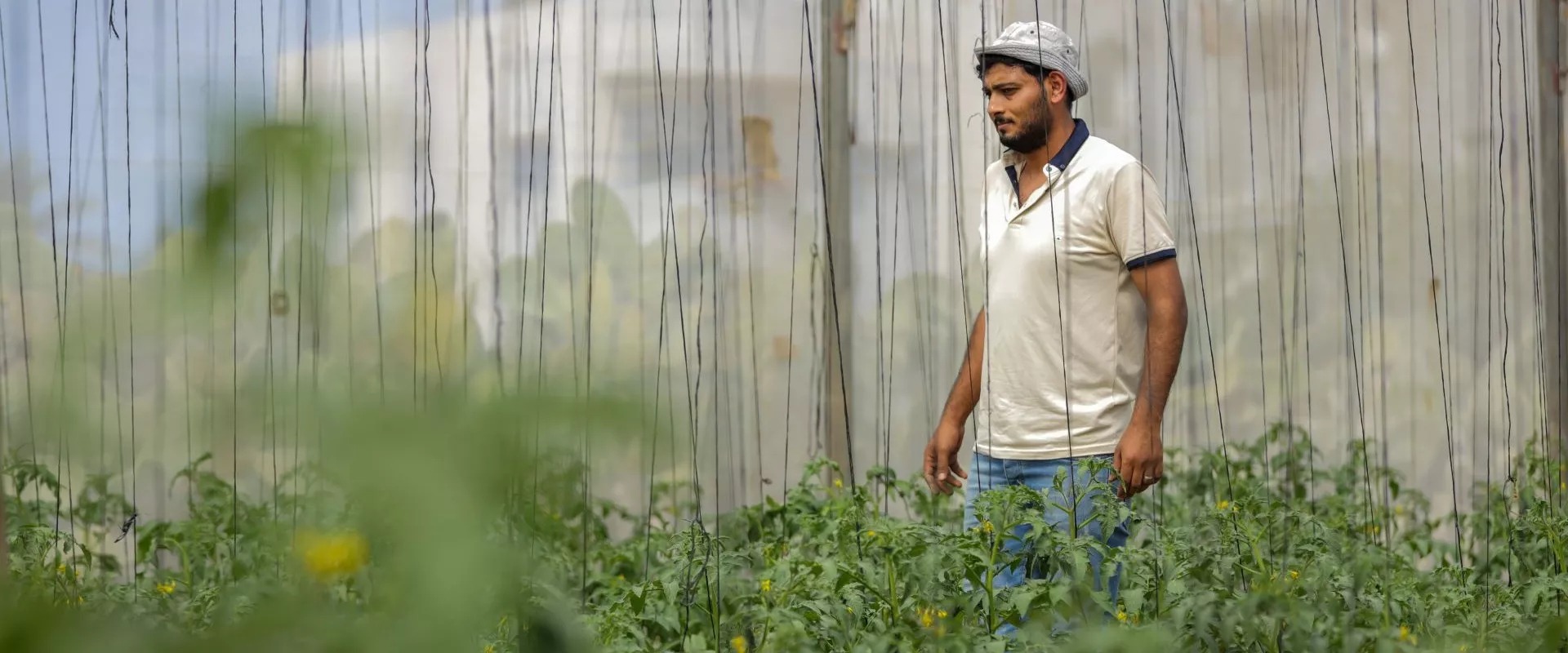
With more than half of Gaza’s farmland damaged by conflict and ongoing blockades restricting imports, Action Against Hunger, a global nonprofit leader in the movement to end hunger, today announced a significant scale-up in its support of local farmers. The effort is designed to mitigate the impact of massive, conflict-driven displacement, which has affected the entire 2.1 million population of Gaza. Action Against Hunger has been operating in Gaza since 2005 and is currently distributing food, promoting local agriculture, and implementing training programs to help families in Gaza grow fruit and vegetables.
“Gaza’s agricultural sector has faced immense disruptions in recent years due to the COVID-19 pandemic, the Ukrainian crisis, protracted conflicts in the Gaza Strip and climate change,” explained a food security expert from Action Against Hunger in Gaza. “However, since Oct. 7, the situation has deteriorated and the level of hunger is unprecedented in Gaza’s modern history.”
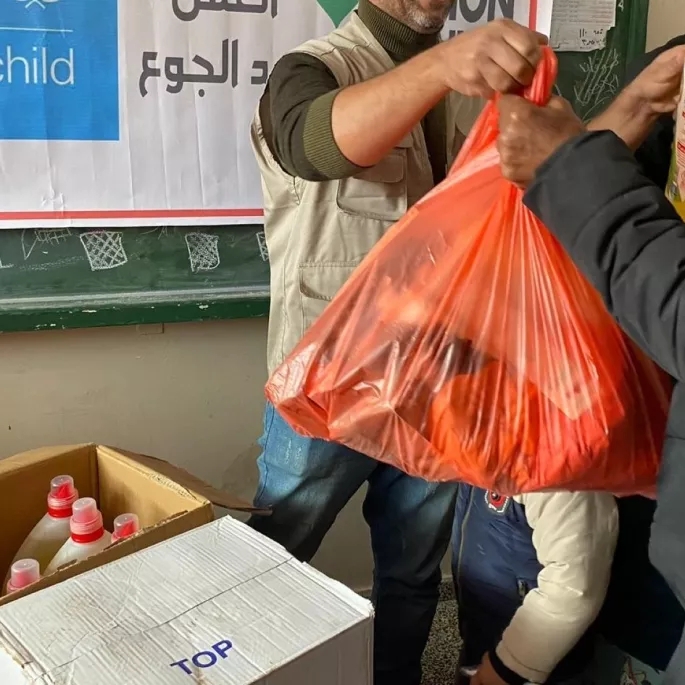
All of Gaza is at risk of famine. Action Against Hunger is on the ground providing food, water, and hygiene and shelter kits to thousands in need. But Gaza’s hunger crisis is only getting worse, and humanitarian support is needed now more than ever.
The conflict has taken a toll on agriculture. A recent report from The Lancet suggests that the war may have caused over 186,000 deaths, amounting to nearly 8% of the total population, including many agricultural workers. Most of the surviving farmers are unable to access their land. The few who can find their land damaged or destroyed. Approximately 41% of Gaza’s territory consists of agricultural land and, according to satellite imagery analyzed by the UN, 57% of Gaza’s crop fields and arable land have suffered deterioration. Orchards, gardens, vegetable plots, and cereal and wheat fields have been devastated.
Conflict has not only damaged the land, but Gaza’s agriculture infrastructure. Nearly 33% of greenhouses and 46% of wells have been damaged, and nearly 65% of solar panels and more than 2,300 agricultural infrastructures have been totally or partially destroyed. According to satellite imagery, heavy vehicles, shelling, and other aggression have caused this wreckage.
The destruction of civilian infrastructure, including assets necessary for food production and distribution, such as farms, markets, water supply systems, mills, and food processing and storage sites, constitutes a direct violation of international humanitarian law. Notably, it violates UN Security Council Resolution 2417, which condemns starvation and denial of humanitarian access as weapons of war.
Even if hostilities were to cease today, the agricultural damage will have long-term negative consequences for food production, due to soil contamination and unexploded ordnance. According to UN experts, it could take 14 years to clear Gaza of unexploded bombs.

Large-scale displacement has also had a devastating impact on agricultural production and led to a significant increase in food prices. Many farmers lost access to land they tended for decades, losing not only their livelihood but also a piece of history. Despite unimaginable challenges, some farmers continue to farm, maintaining limited production.
“The entry of agricultural tools, inputs and materials into Gaza is crucial to preserve the continuity and resilience of Gaza’s agricultural sector,” said Action Against Hunger’s food security expert in Gaza. “After nearly nine months of closure, local markets are experiencing a gradual depletion of essential supplies, such as nylon sheeting used for greenhouses, which is now being used to make tents. This change, coupled with limited humanitarian aid, has put immense pressure on local agricultural activities to maintain food security.”
According to the alarming analysis published at the end of June by the Integrated Food Security Phase Classification (IPC), the entire population of the Gaza Strip is highly food insecure and at risk of famine: Gazan families continue to face totally inadequate access to nutritious food.
Action Against Hunger continues to urgently call for a permanent and total ceasefire. Even with a ceasefire, restoring pre-conflict agricultural production will be a long and complex process. Farmers will need ongoing support to rehabilitate their land and rebuild their livelihoods. This support must be comprehensive, addressing not only agricultural needs, but also housing, health and psychological well-being.
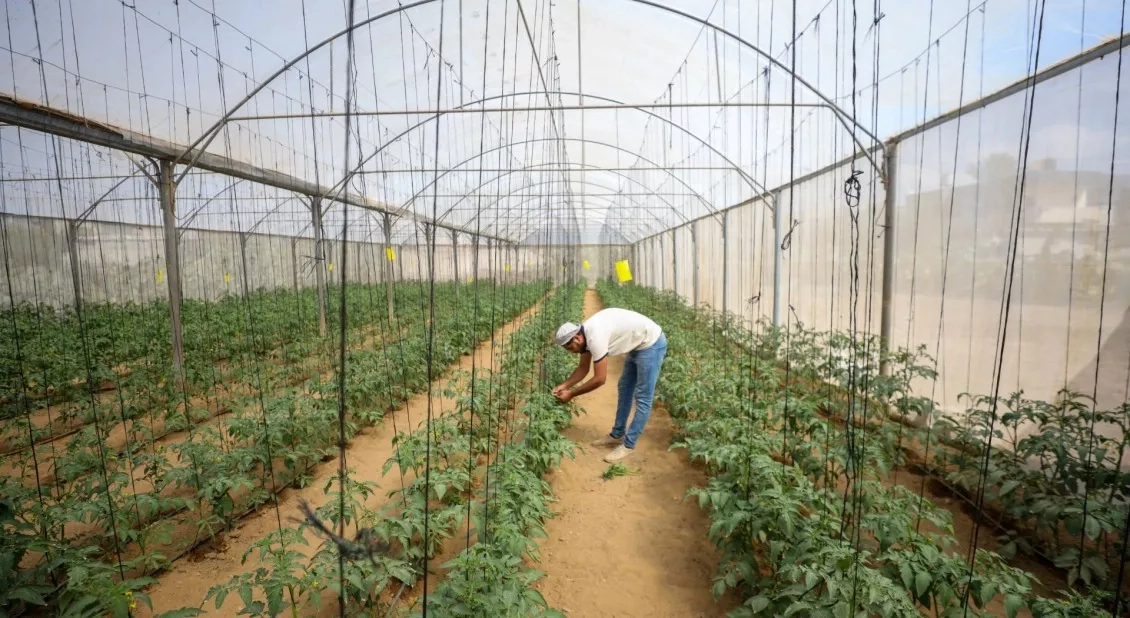
The immediate support being provided by Action Against Hunger prioritizes several key areas: teams provide emergency supplies such as seeds, fertilizers and agricultural tools to resume farming activities; they repair and reconstruct damaged infrastructure such as greenhouses, irrigation systems and water resources; and they provide technical support and training on safe agricultural practices in the midst of conflict-induced contamination. This support is necessary to ensure that farmers remain safe and produce safe food. With support, many farmers can once again grow tomatoes, cucumbers, onions, and eggplants, which are staple crops in the Palestinian diet.
Action Against Hunger teams are focusing on renewable energy installations, water conservation, and smart agricultural technologies to build a resilient agricultural sector capable of withstanding the current and any future crises.
“Our activities focused on food security in Gaza have two main objectives: to provide food to ensure a balanced diet for the population, and to support the recovery of the agricultural sector to restore livelihoods and dignity,” said Giulia Pizzicannella, food security expert on Action Against Hunger’s emergency team.
“Our relationship with local farmers, forged over the 20 years that Action Against Hunger has been working in the region, has been instrumental in understanding needs and providing the necessary support,” said Pizzicanella. “We are committed not only to immediate relief, but long-term recovery. These measures are not only essential to mitigate the current food crisis, but also to maintain hope and dignity for a population that has endured too many years of conflict and trauma.”
The current crisis is putting thousands of lives at risk: communities are facing severe difficulties in accessing food. People are constantly prevented from accessing local markets and have little guarantee that supplies will be delivered on time or at all, resulting in an ever-increasing dependency on humanitarian aid. The destructive invasion of Rafah in early May only compounded the effects of the conflict, further dismantling much of the local market and making access to basic commodities almost impossible.
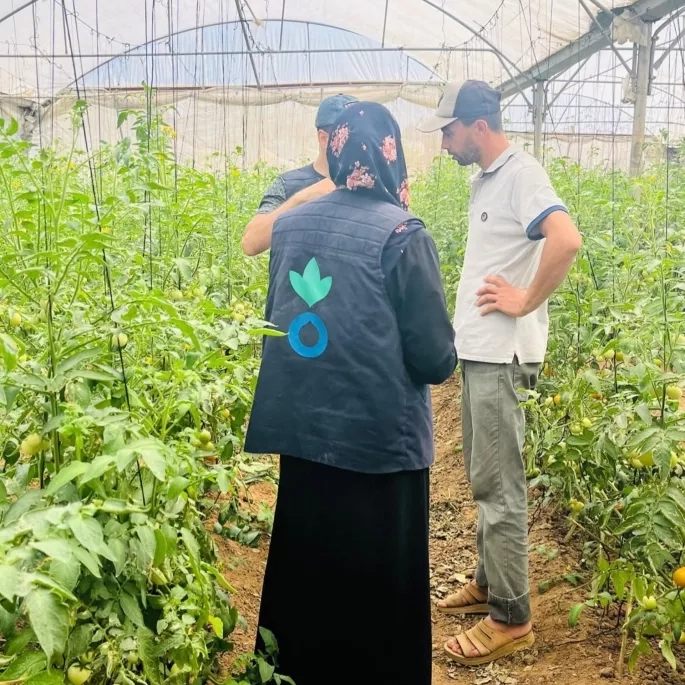
Over 2 million people in Gaza — nearly the entire population — face high levels of acute food insecurity. Action Against Hunger is responding to the hunger crisis on the ground. Teams provide nutrition services to women and children, distribute food and water, and help farmers produce fresh produce.
Action Against Hunger has been working in Gaza since 2005 and the West Bank since 2002. Since Oct. 7, Action Against Hunger teams have reached over 800,000 people, including 709,000 through water, sanitation, and hygiene (WASH) programs. Assistance includes distributing hot meals and hygiene kits; trucking clean water to communities; connecting people with shelters; and providing assistance with removal of solid waste management.
Join our community of supporters passionate about ending world hunger.